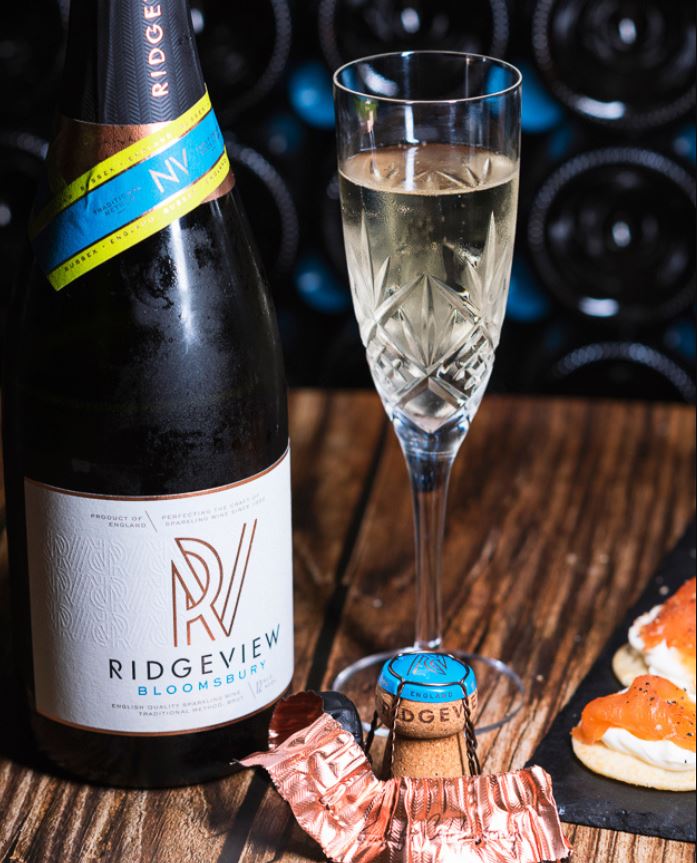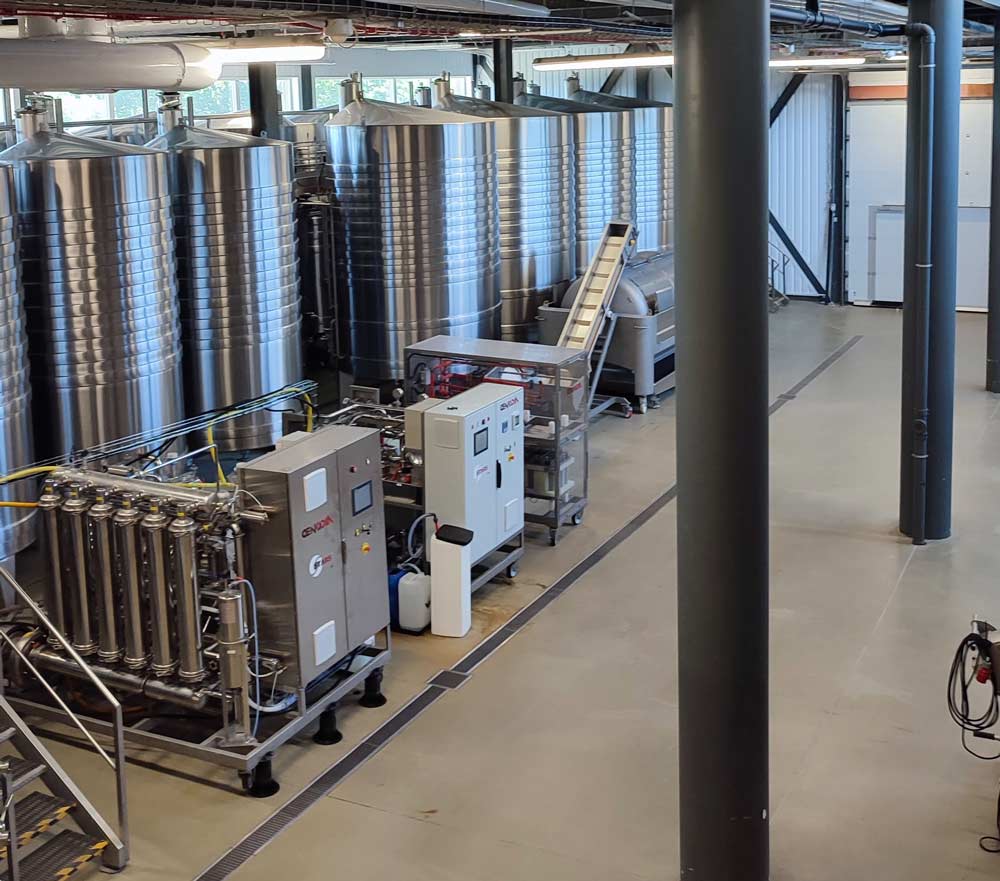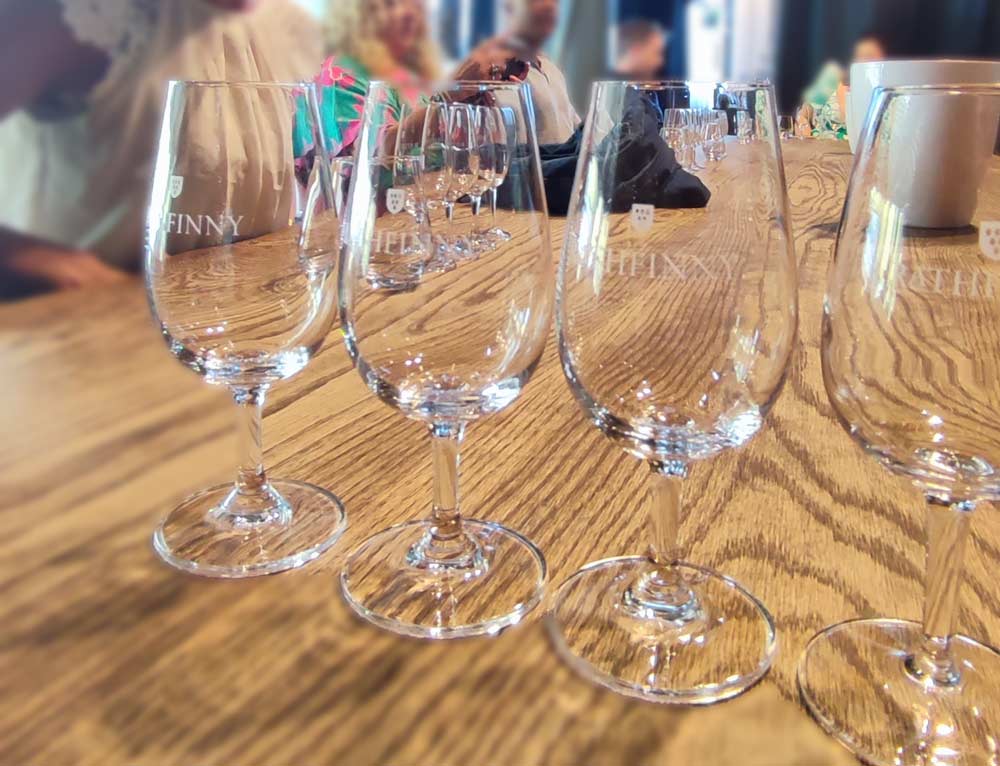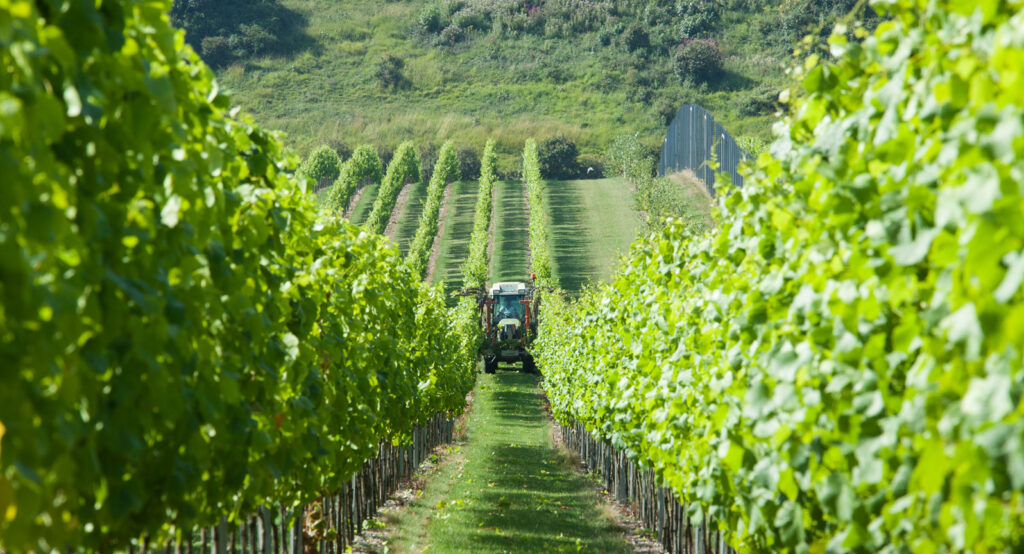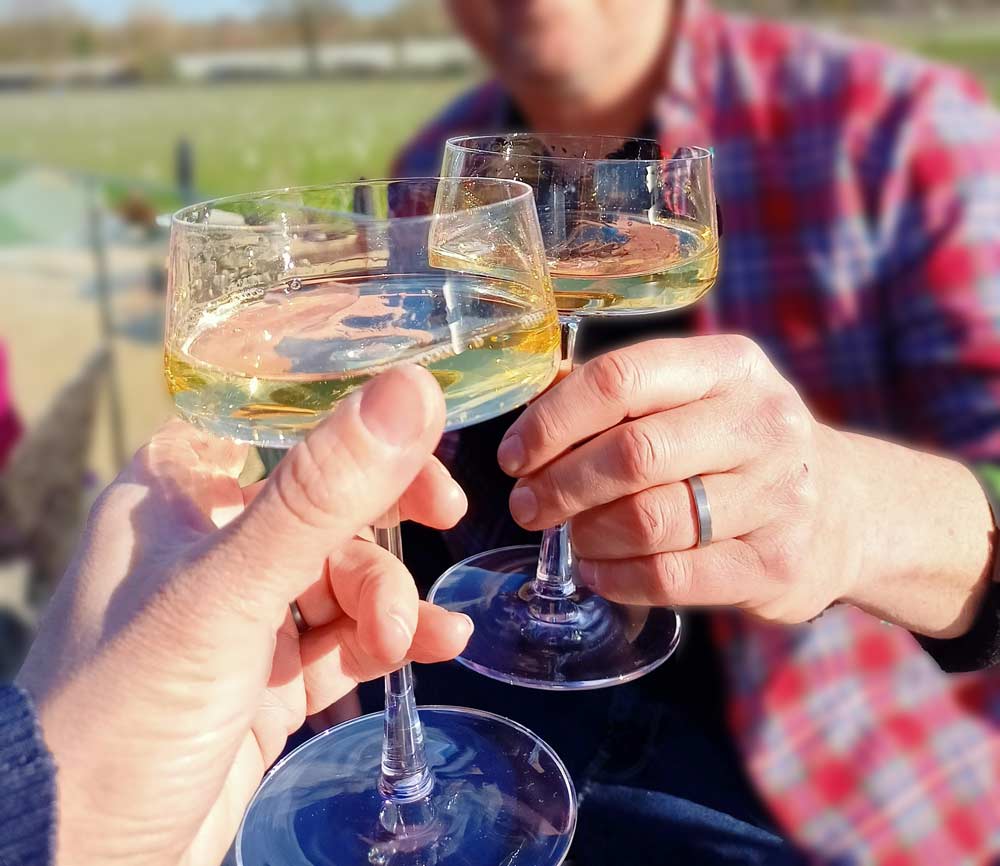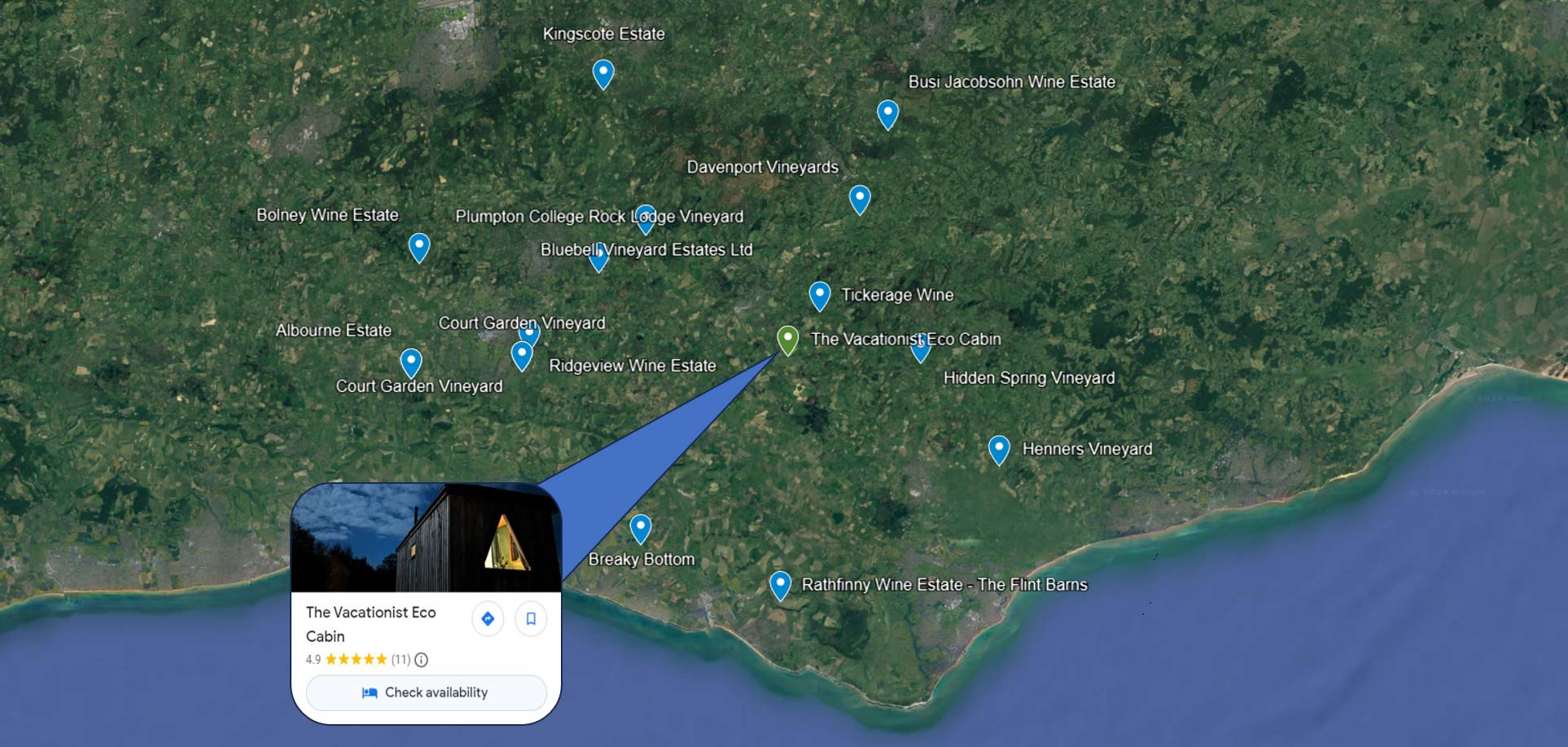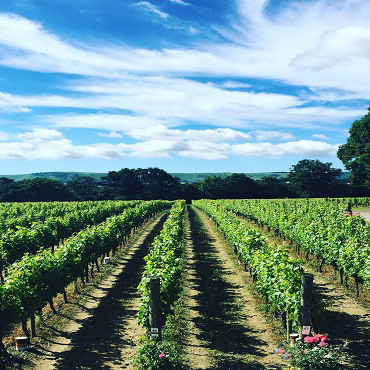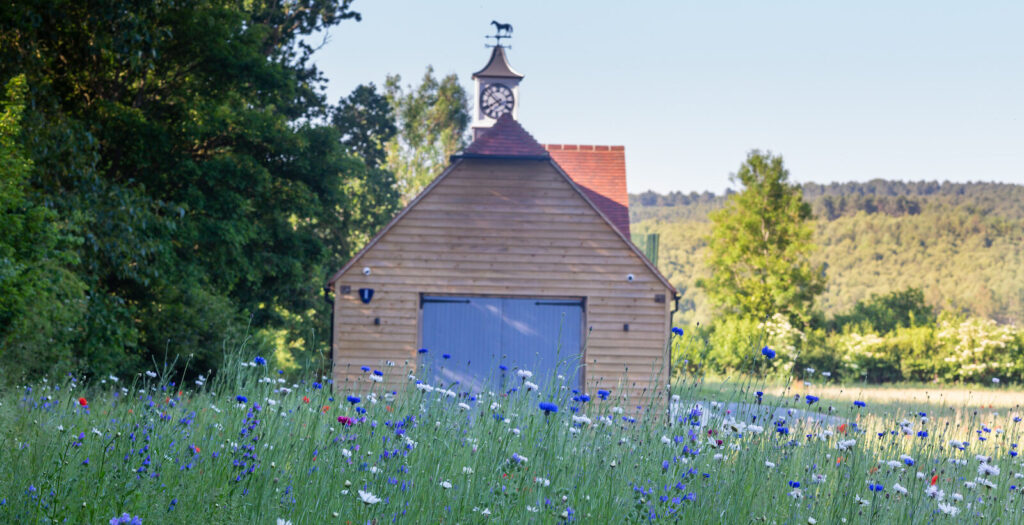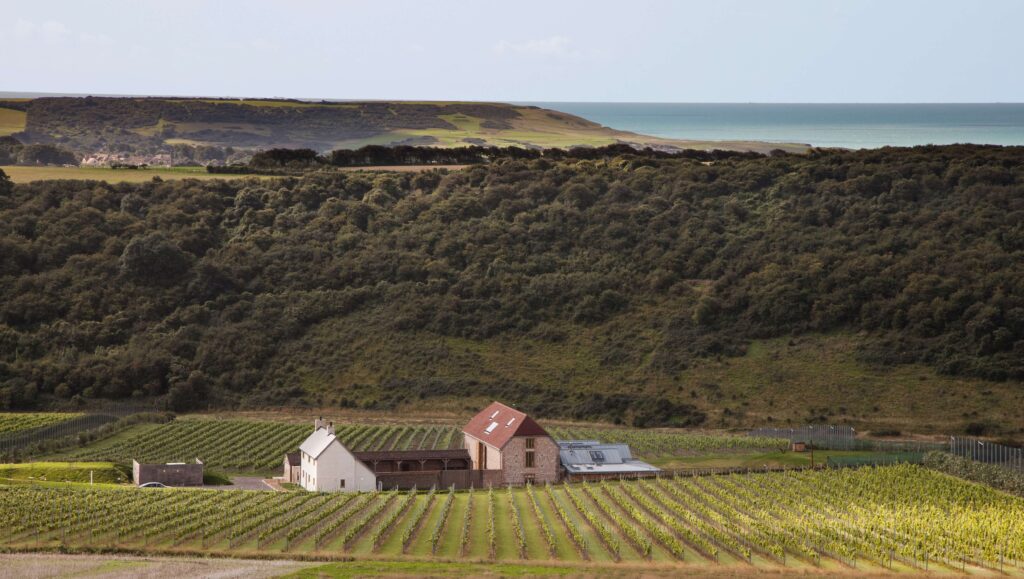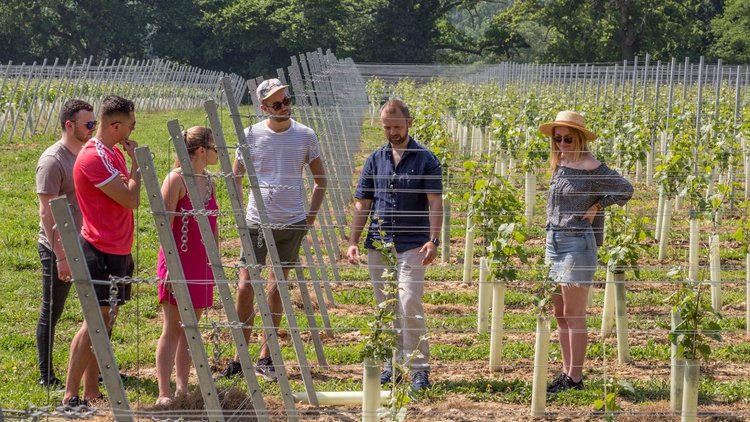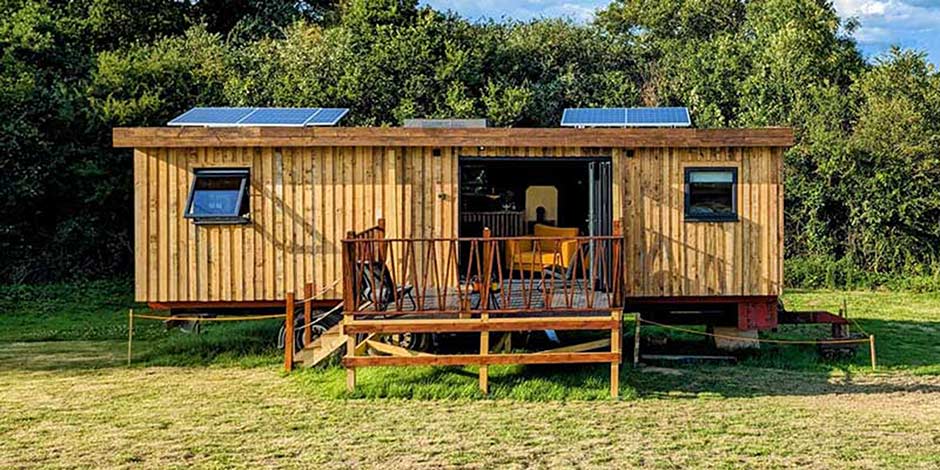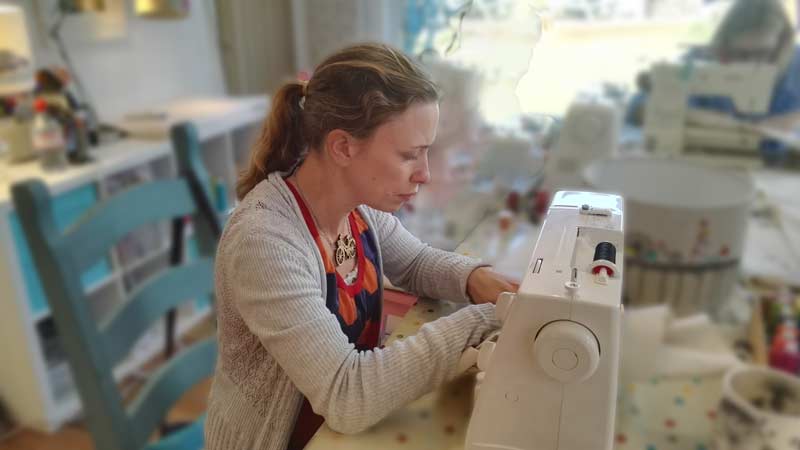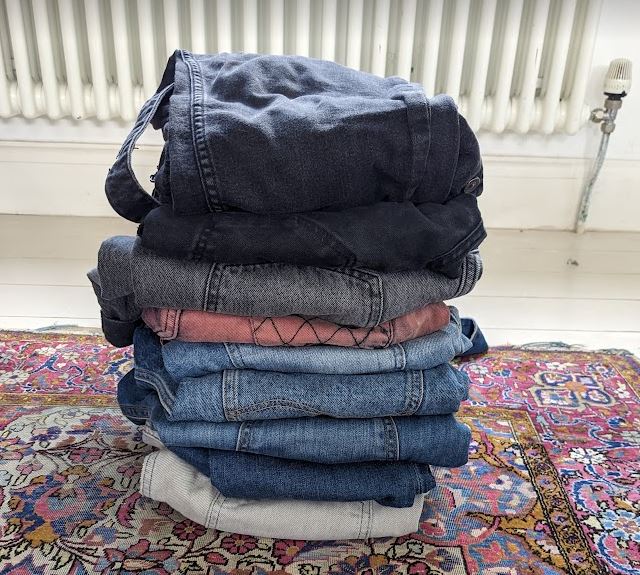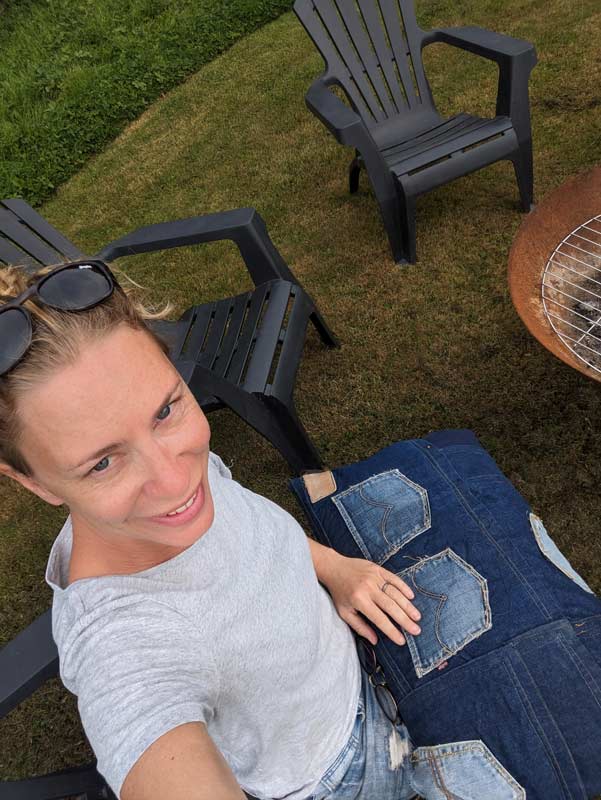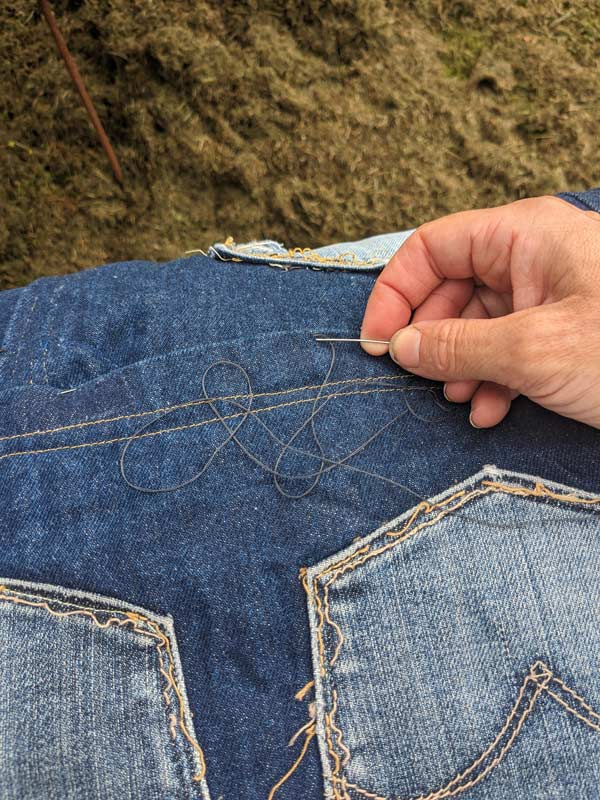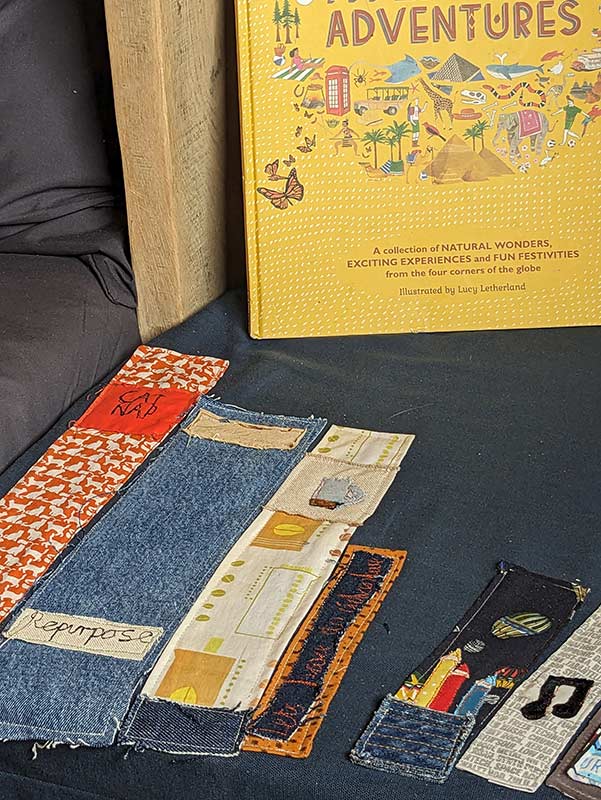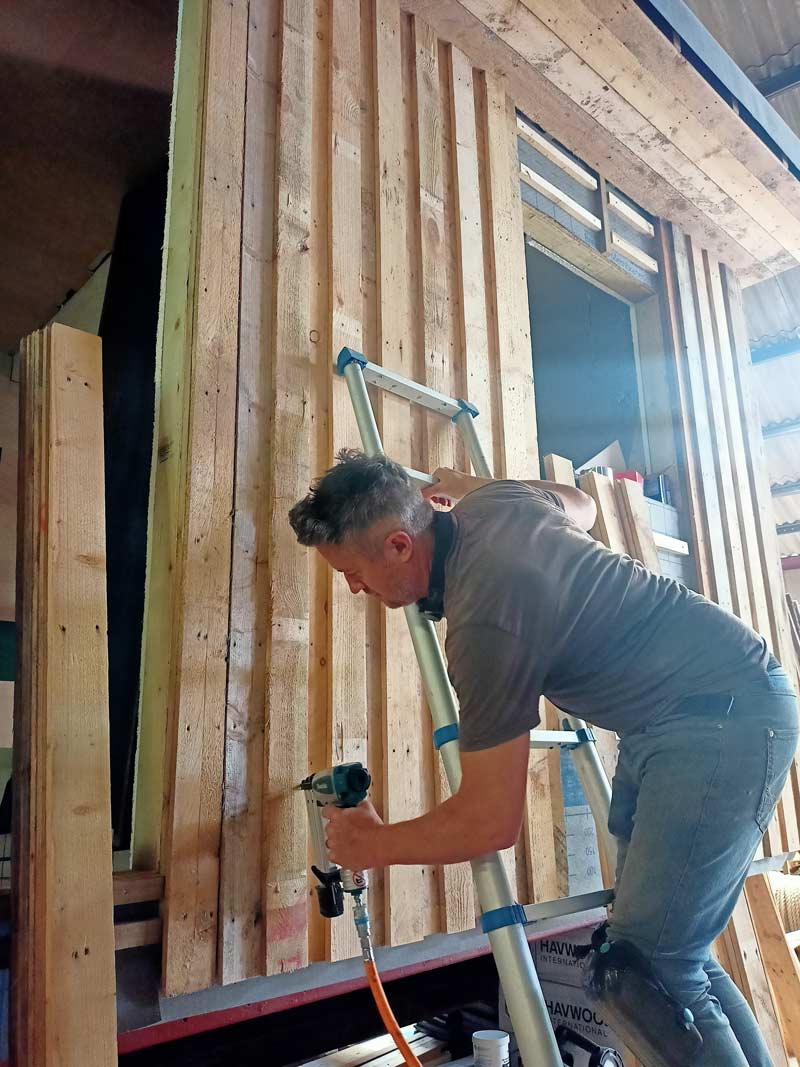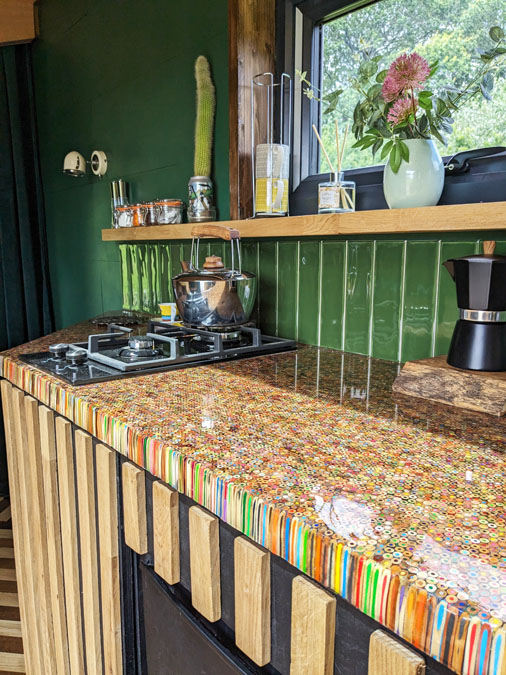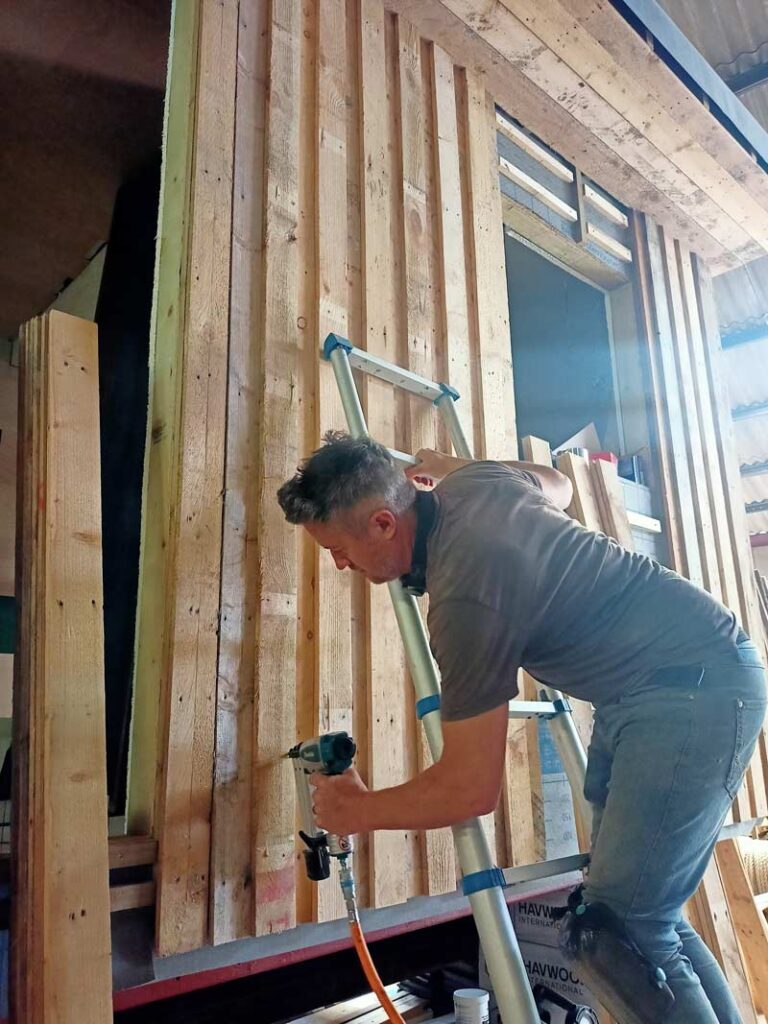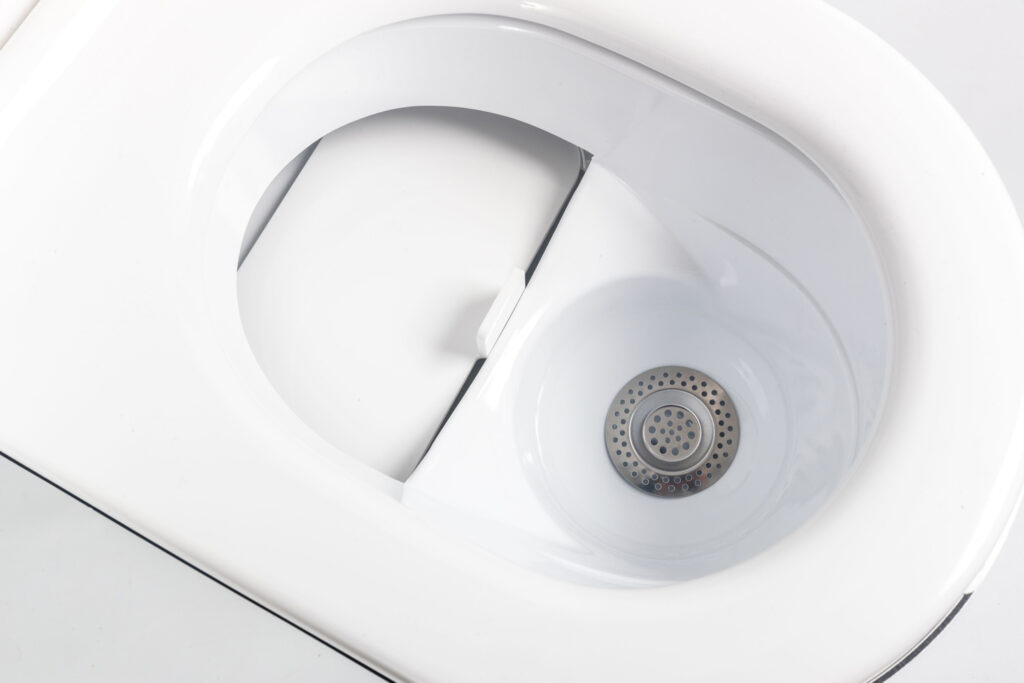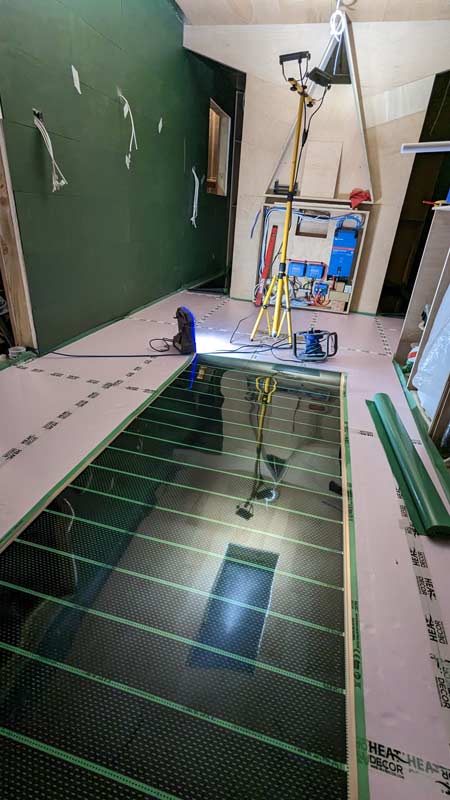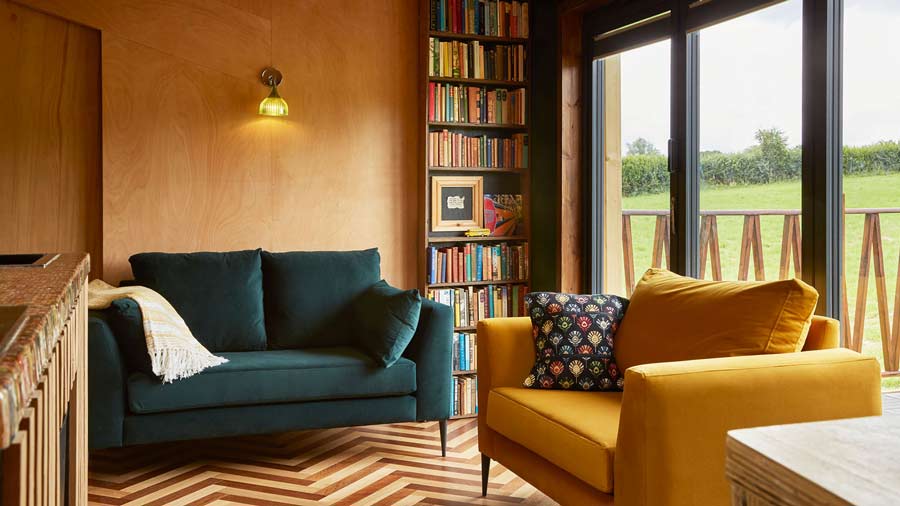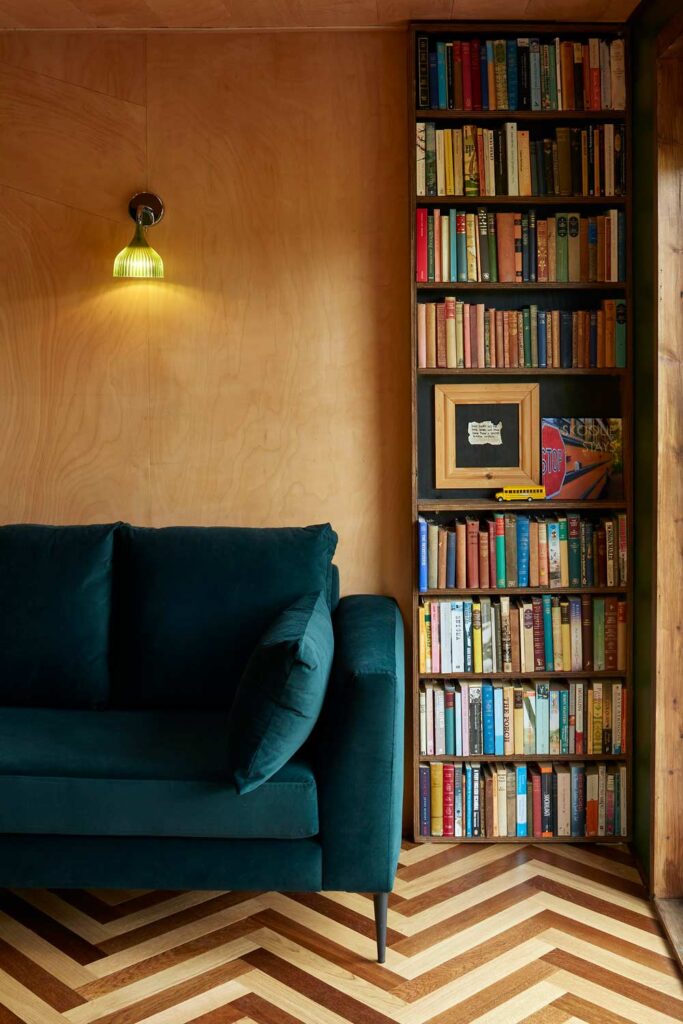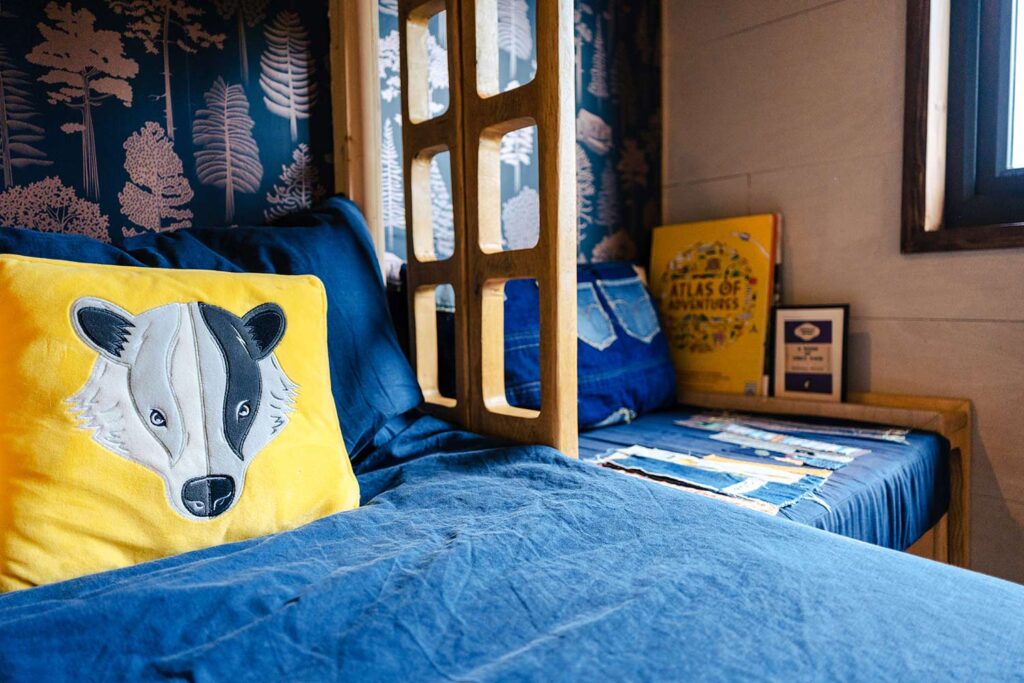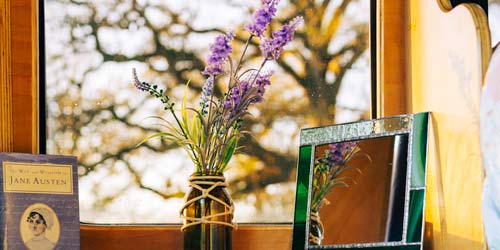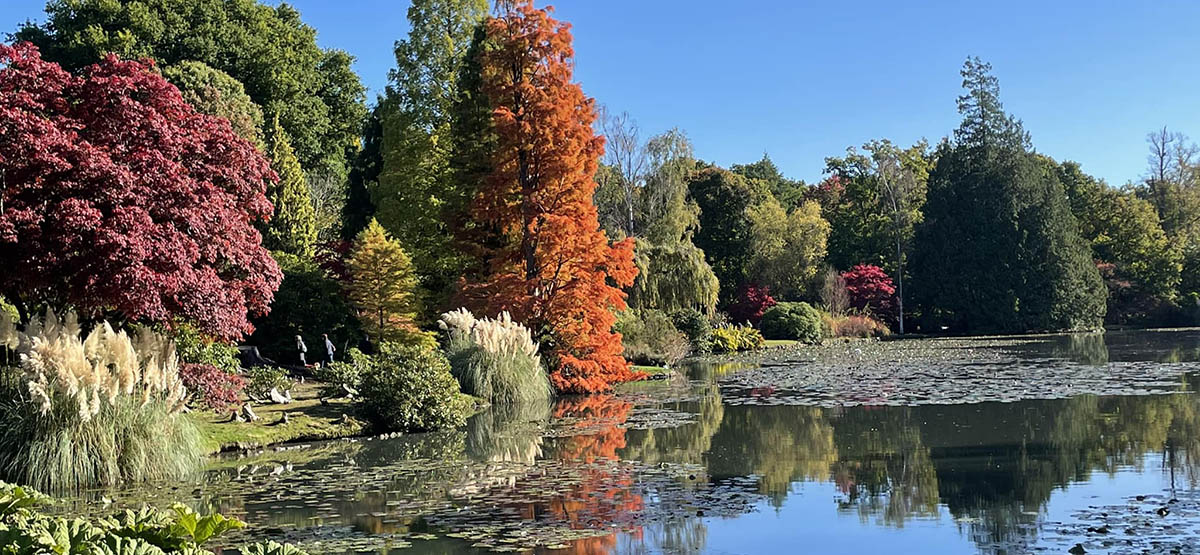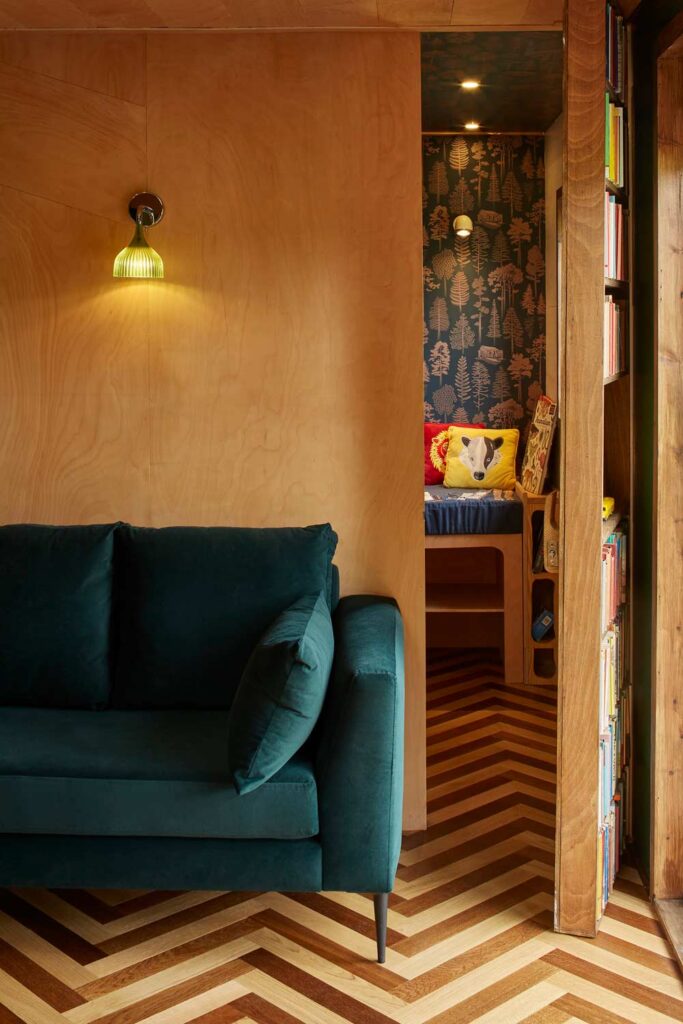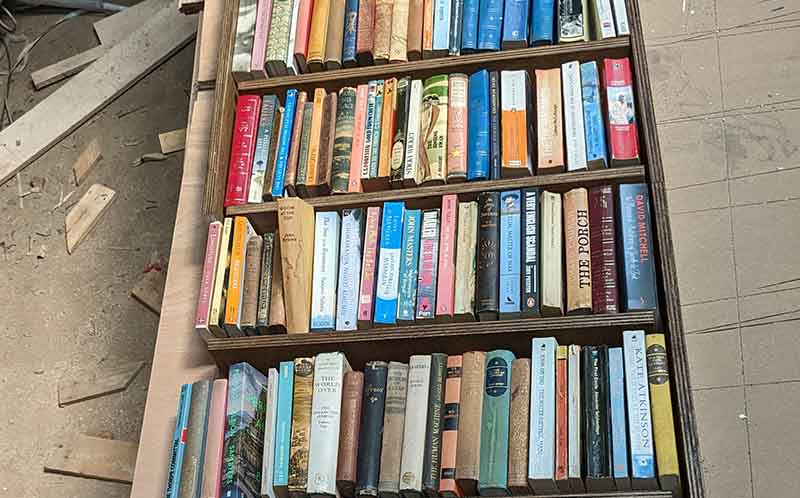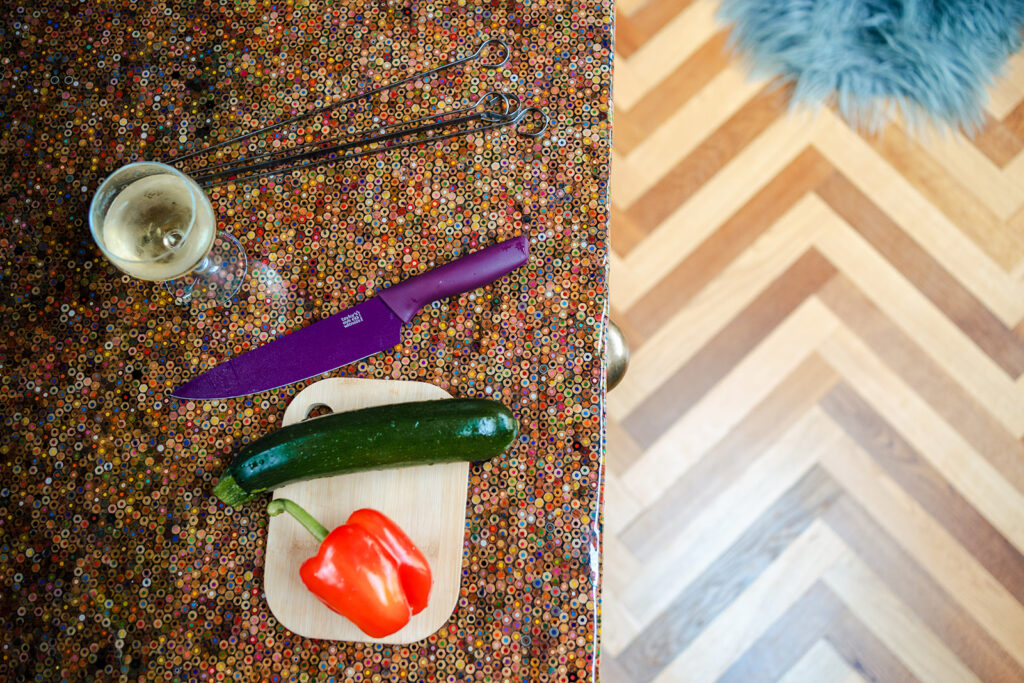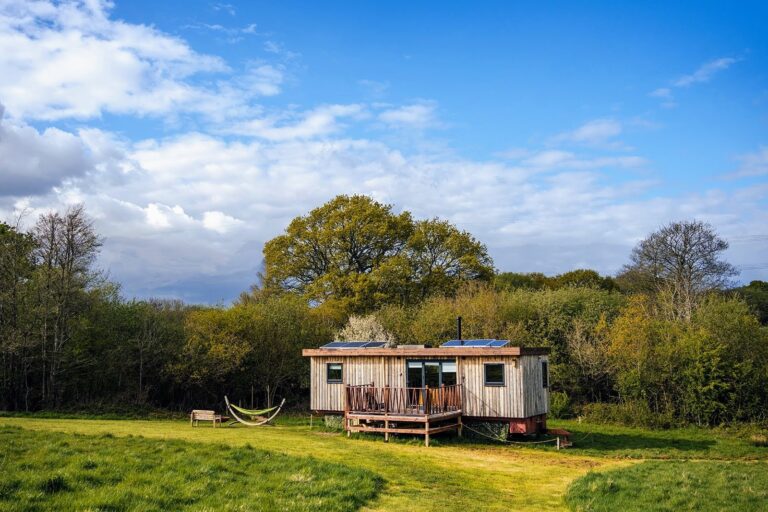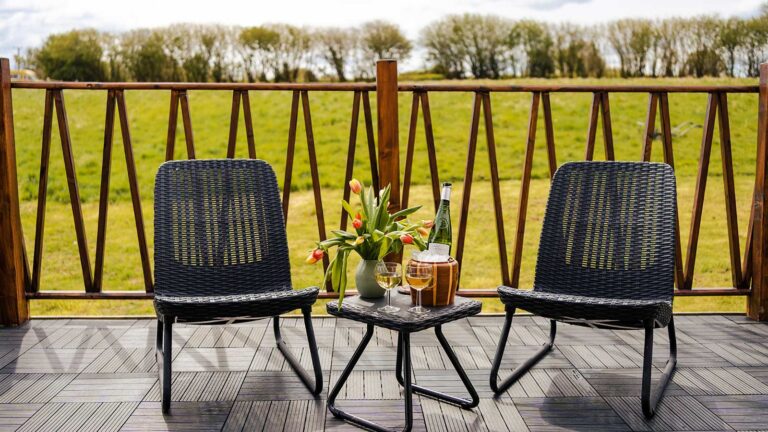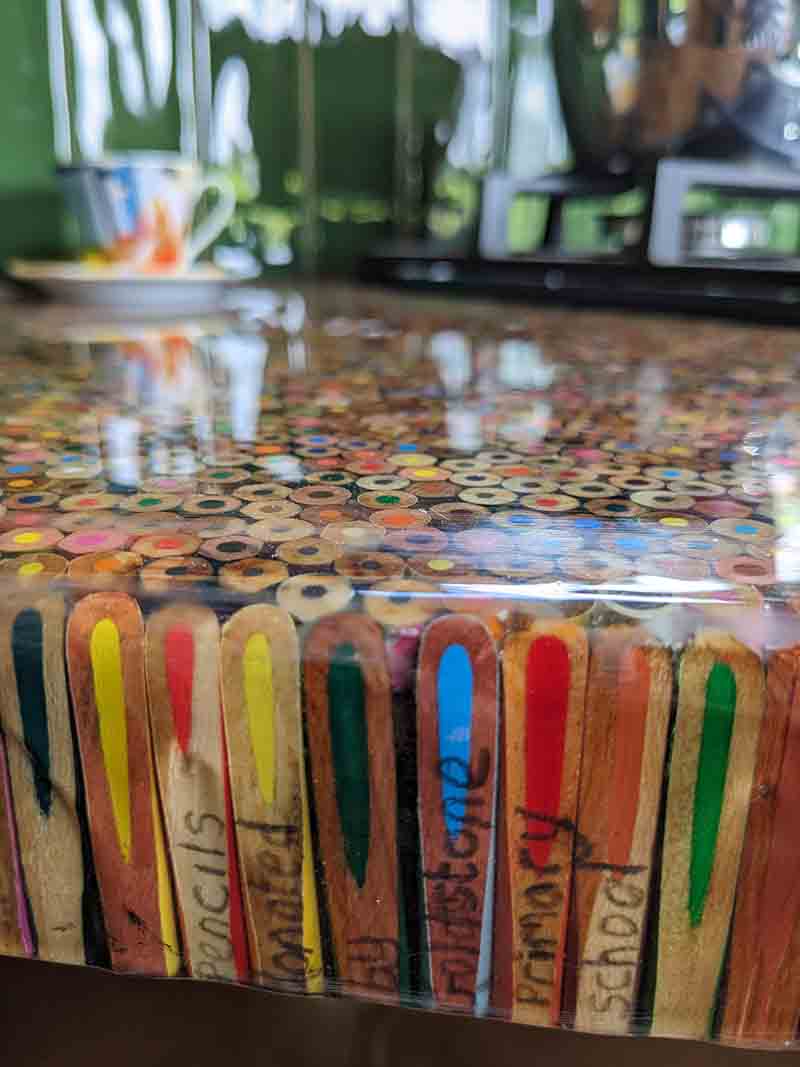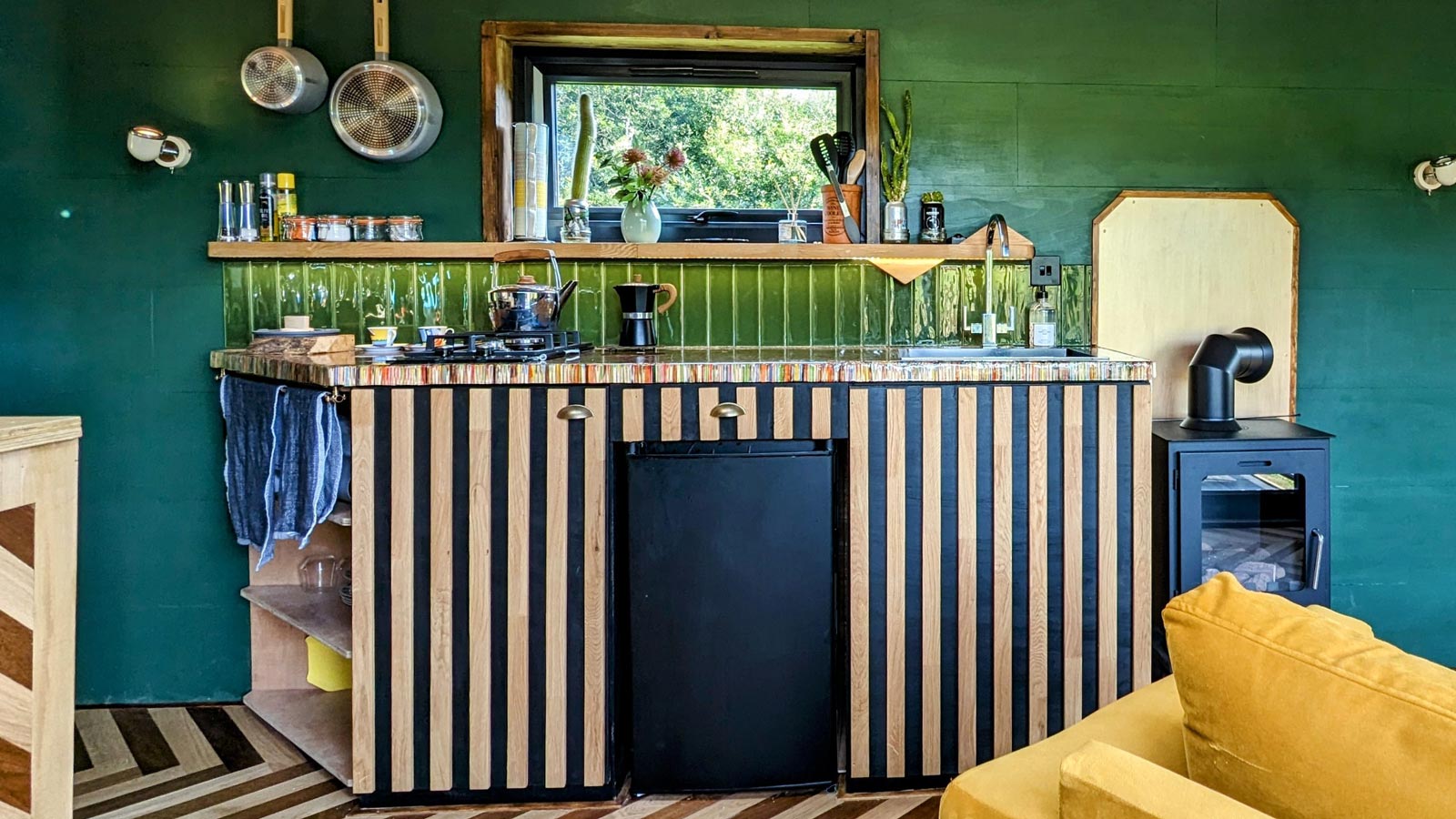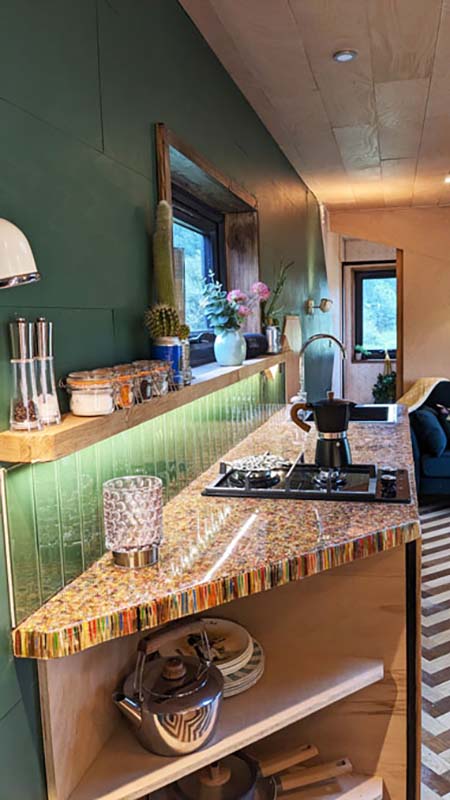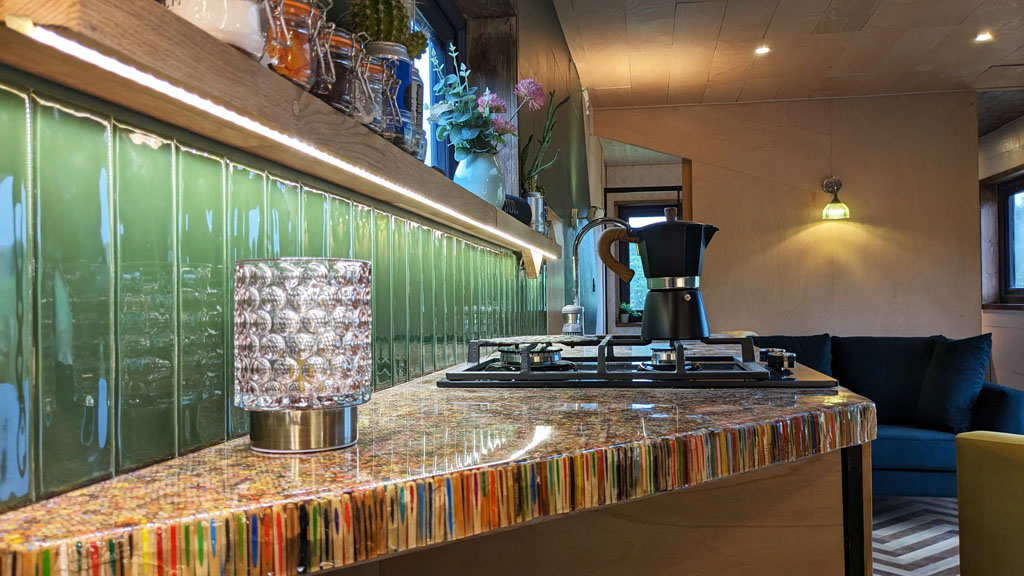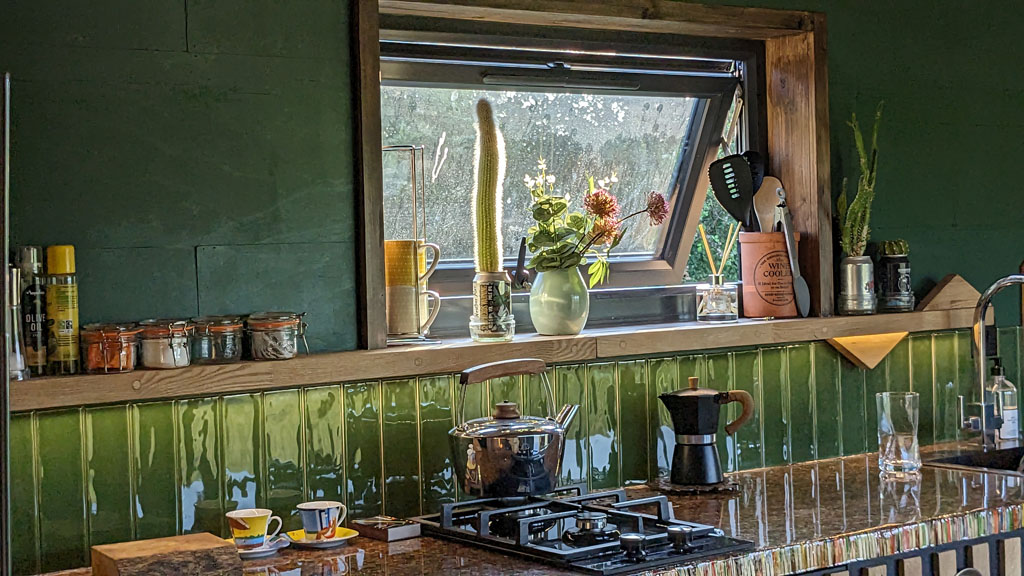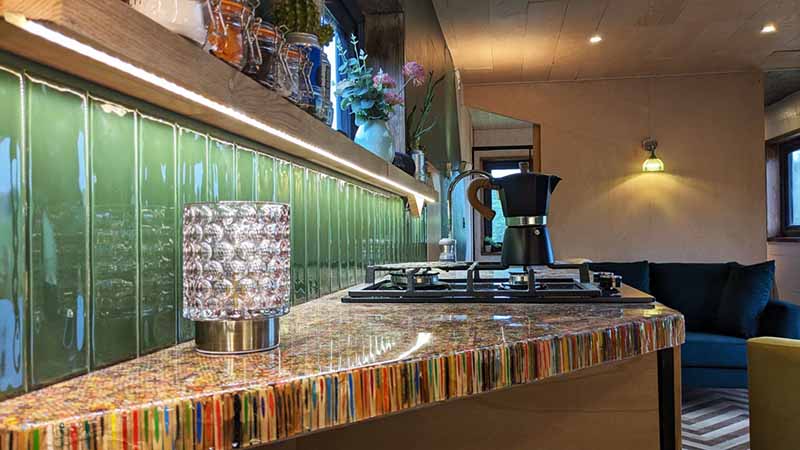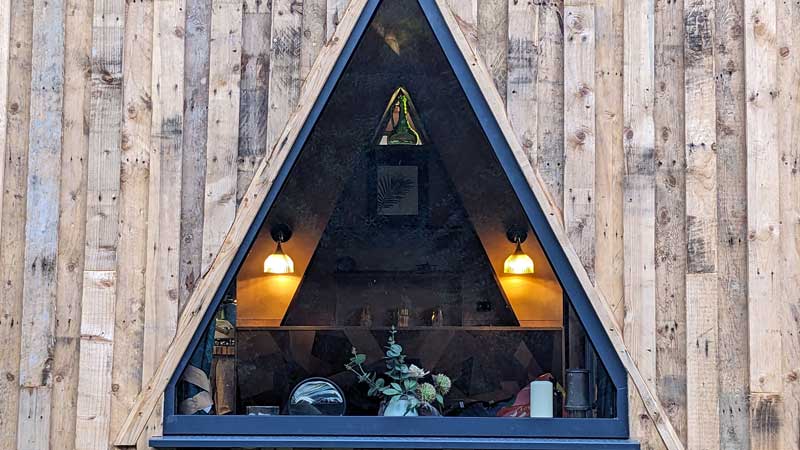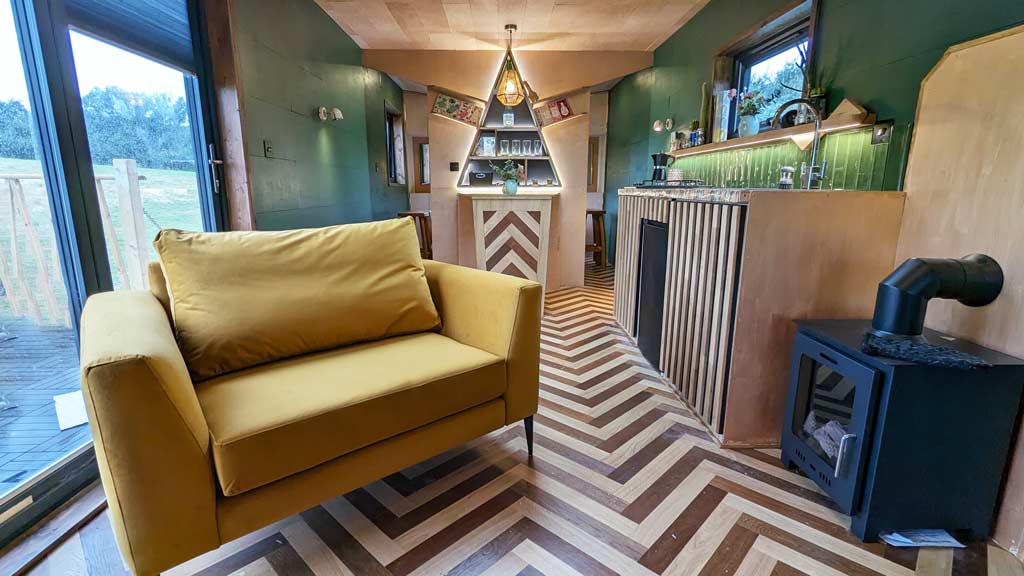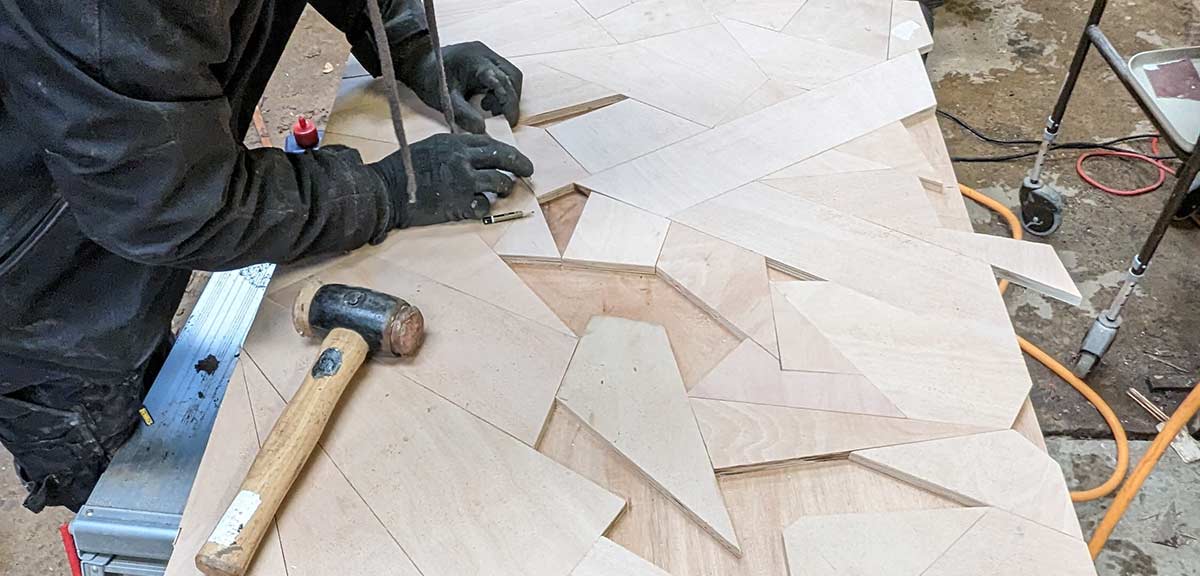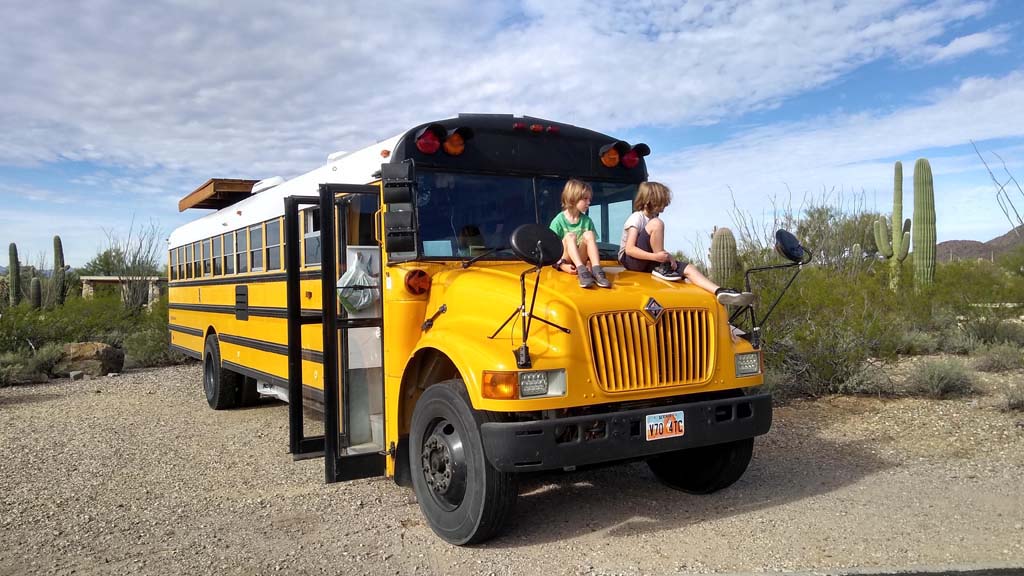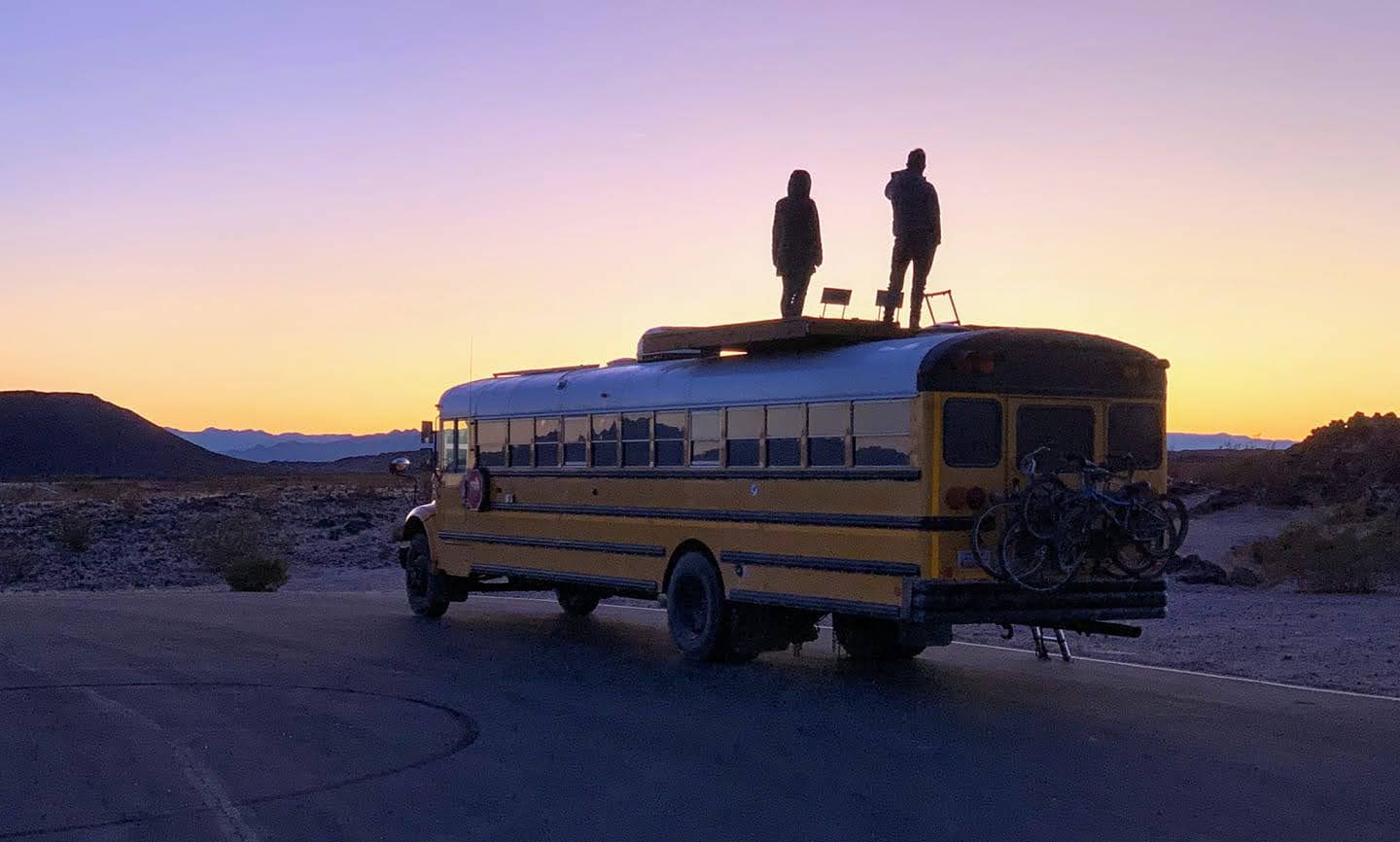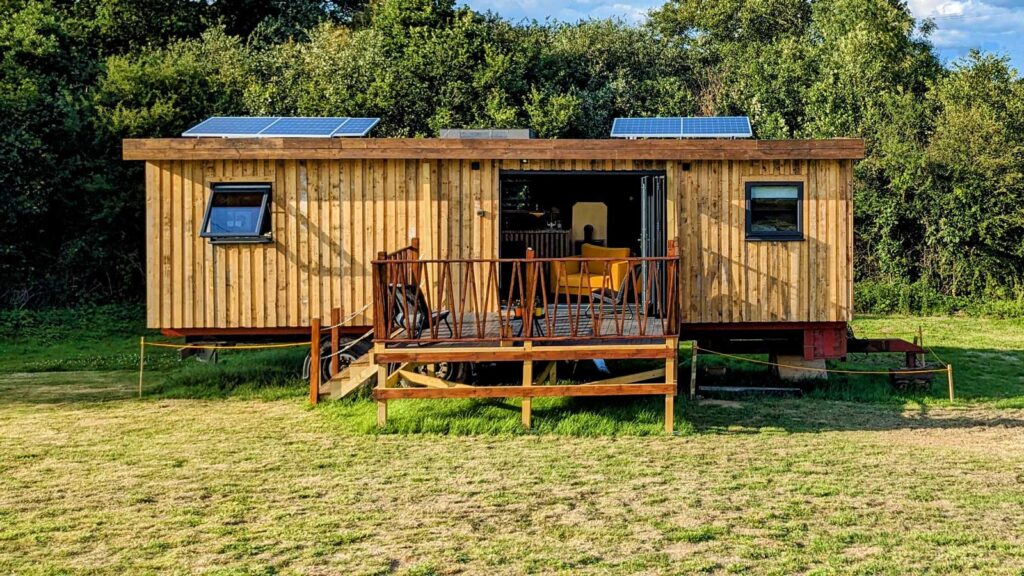Wine tasting and glamping breaks in East Sussex
Tours and tastings at internationally acclaimed vineyards not far from the cabin
Exploring the Sussex Wine Region, from the cabin.
You may well have heard of Ridgeview, Nyetimber or Bolney Wine Estate – they have put Sussex on the international wine map – but there are many other vineyards in the area who are taking advantage of the incredible terroir and climate to produce stunning wines.
The good news for our guests is that many of these wonderful vineyards are right on our doorstep, or just a short drive away. They are often open year-round for visitors interested in tours and tastings. A lot of them have restaurants too – fine wine, fine food and fine company sounds like the perfect way to spend a day!
The secret to Sussex’s success
The (not so) secret behind their success of Sussex’s wine is the terroir and climate. The vines thrive on the diverse mix of clay, sand and limestone and benefit from the relatively mild weather and low rainfall. The proximity to the sea means less extreme temperatures, so the grapes are kept warm and ripen slowly, absorbing all those minerals to develop the most exceptional flavours. The perfect climate has lead to a profusion of vineyards – just check out this interactive map!
With land that is very similar to Champagne, many vintners opt to produce grape varieties like Chardonnay, Pinot Noir, and Pinot Meunier, each of which make excellent sparkling wine but also allow for some rather lovely stills too.. We now have several vineyards of international acclaim with sparkling wine that rivals that of the French. Sussex Modern often writes in more detail about each vineyard and even lets you know who needs help with the picking! For those interested in just sampling the wines though, many of the local vineyards offer tours and tastings year round.
Exploring the Sussex Wine Region
You may well have heard of Ridgeview, Nyetimber or Bolney Wine Estate – they have put Sussex on the international wine map – but there are many other vineyards in the area who are taking advantage of the incredible terroir and climate to produce stunning wines.
The good news for our guests is that many of these wonderful vineyards are right on our doorstep and are open year-round for visitors interested in tours and tastings. A lot of them have restaurants too – fine wine, fine food and fine company sounds like the perfect way to spend a day!
Tickerage Wine – 6 minutes from the cabin!
Tickerage is our closest vineyard – you could even walk it. It’s a lovely, family-owned vineyard that offers immersive tours that include a tasting of three of their award winning wines.
Tickerage is open year-round but you can’t drop in. They do offer public tours though and you can get in touch about private tours. Get in touch with them online.
Kingscote Estate
Renowned for its scenic vineyards and historic setting, Kingscote have a cellar door bar, café & kitchen, wine shop and an impressive estate and vineyard which you can tour, adding on lunch or a cream tea if you so wish! Book online to secure your space.
Kingscote Estate is open 7 days a week between 10am and 5pm
Busi Jaconsohn
Busi Jacobsohn is a boutique winery in Sussex which focuses on producing limited quantities of high-quality wines. They offer few public tours but if you get in touch in advance, you may be able to visit their cellar door or have a private wine tasting.
Busi Jacobsohn Wine requests that you contact them before visiting. They may be able to open their cellar door and could possibly even book in a private tour.
Bluebell Vineyard – 20 mins from the cabin
Bluebell has gained recognition for its classic English sparkling wines. Their tours commonly include guided walks through the vineyards, insights into their winemaking techniques, and conclude with tastings of their diverse sparkling wines. Tours and tastings can be booked online or you can just pop along and take a wander through the vineyard and woodland trail and enjoy the spectacular views of the vineyard and waters from the terraced seating area.
Bluebell Vineyard is open 7 days a week between 10am and 5pm.
Ridgeview
One of the pioneering names in English sparkling wine, Ridgeview hosts lots of different tours and tastings, including pairings with cheese and themed tastings, all of which you can book online.
Ridgeview has a shop which is open all week but the restaurant is only Thursday – Sunday afternoons
Rathfinney
A significant player in the English wine scene, Rathfinney offers seasonal vineyard tours, which you can book online, providing insights into their vineyard management, winemaking processes, and sustainable viticulture practices. They also have a restaurant onsite.
Rathfinney is open all week but tours are on Tuesday – Saturday.
Hidden Spring – 16 minutes from the cabin!
A family-run establishment which focuses on producing premium still and sparkling wines. They give a tasting without prior booking but if you want a tour, you can book a group one online or contact them for a private one.
Hidden Spring is open Wed-Sun during winter 11-5.
